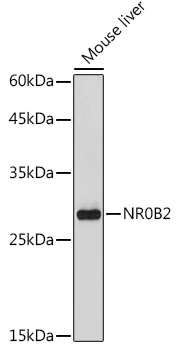
WB analysis of mouse liver tissue lysate using GTX54598 NR0B2 antibody. Dilution : 1:1000 Loading : 25microg per lane
NR0B2 antibody
GTX54598
ApplicationsImmunoFluorescence, Western Blot, ImmunoCytoChemistry, ImmunoHistoChemistry, ImmunoHistoChemistry Paraffin
Product group Antibodies
TargetNR0B2
Overview
- SupplierGeneTex
- Product NameNR0B2 antibody
- Delivery Days Customer7
- Application Supplier NoteWB: 1:500 - 1:2000. ICC/IF: 1:10 - 1:100. IHC-P: 1:50 - 1:200. *Optimal dilutions/concentrations should be determined by the researcher.Not tested in other applications.
- ApplicationsImmunoFluorescence, Western Blot, ImmunoCytoChemistry, ImmunoHistoChemistry, ImmunoHistoChemistry Paraffin
- CertificationResearch Use Only
- ClonalityPolyclonal
- ConjugateUnconjugated
- Gene ID8431
- Target nameNR0B2
- Target descriptionnuclear receptor subfamily 0 group B member 2
- Target synonymsSHP, SHP1, nuclear receptor subfamily 0 group B member 2, nuclear receptor SHP, orphan nuclear receptor SHP, small heterodimer partner
- HostRabbit
- IsotypeIgG
- Protein IDQ15466
- Protein NameNuclear receptor subfamily 0 group B member 2
- Scientific DescriptionThe protein encoded by this gene is an unusual orphan receptor that contains a putative ligand-binding domain but lacks a conventional DNA-binding domain. The gene product is a member of the nuclear hormone receptor family, a group of transcription factors regulated by small hydrophobic hormones, a subset of which do not have known ligands and are referred to as orphan nuclear receptors. The protein has been shown to interact with retinoid and thyroid hormone receptors, inhibiting their ligand-dependent transcriptional activation. In addition, interaction with estrogen receptors has been demonstrated, leading to inhibition of function. Studies suggest that the protein represses nuclear hormone receptor-mediated transactivation via two separate steps: competition with coactivators and the direct effects of its transcriptional repressor function. [provided by RefSeq, Jul 2008]
- Storage Instruction-20°C or -80°C,2°C to 8°C
- UNSPSC12352203

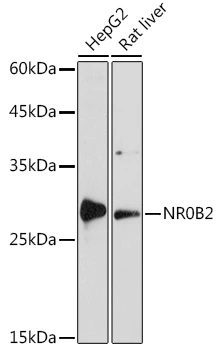
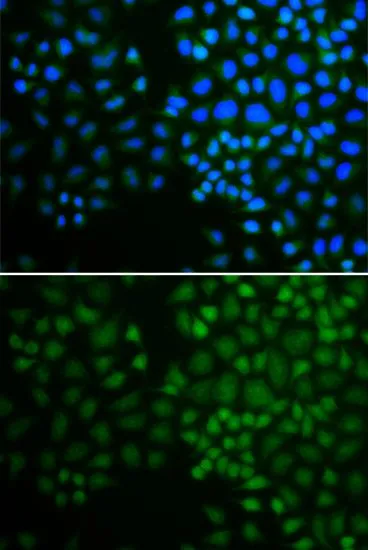
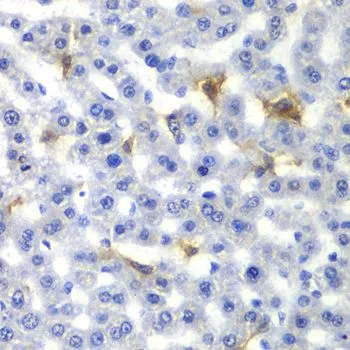


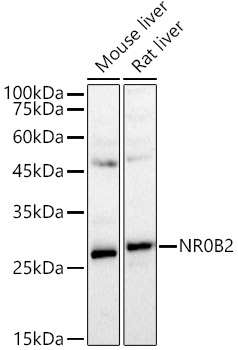
![IHC-P analysis of human colon tissue using GTX04884 NR0B2 antibody [OTI7B5]. Antigen retrieval : Heat mediated Tris-EDTA, pH8.0 Dilution: 1:150](https://www.genetex.com/upload/website/prouct_img/normal/GTX04884/GTX04884_20240705_IHC-P_1_24070501_133.webp)